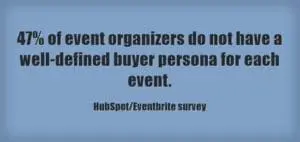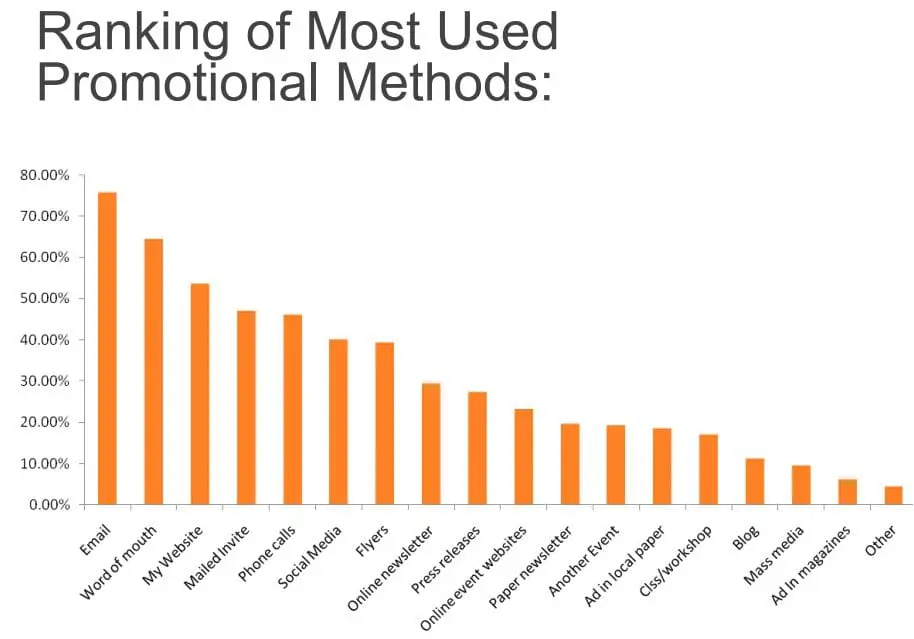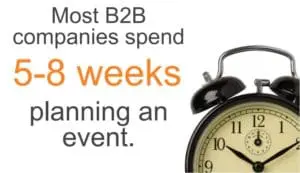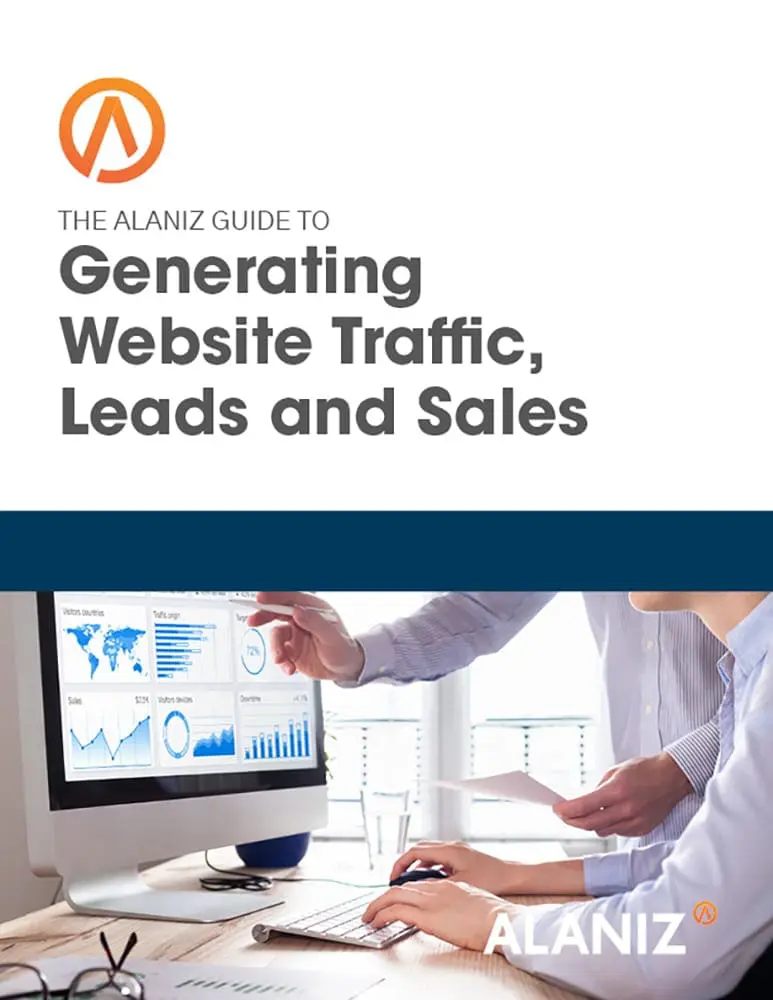 Last week we hosted our second InboundPHX (Inbound Marketing Phoenix) event. The room was filled to capacity with 88 people who had come to learn more about inbound marketing and storytelling. Four wonderful speakers addressed different aspects of storytelling, and our audience survey at the end of the morning indicated everyone wanted to be notified of the next event. It was an exciting day, and we were happy with the turnout and the level of engagement of the audience.
Last week we hosted our second InboundPHX (Inbound Marketing Phoenix) event. The room was filled to capacity with 88 people who had come to learn more about inbound marketing and storytelling. Four wonderful speakers addressed different aspects of storytelling, and our audience survey at the end of the morning indicated everyone wanted to be notified of the next event. It was an exciting day, and we were happy with the turnout and the level of engagement of the audience.
We credit our success to the B2B event marketing plan we’ve developed. We designed the checklist for live events with multiple speakers, but it can quickly be adapted to webinars, live events with only a single speaker, and pretty much any other type of events.
Event Attendance
Our first InboundPHX event was in late October. This one was in late February, and the next one is in early June. Our attendance is summarized here:
| Oct 2014 | Feb 2015 | |
| Pre-registered | 43 | 78 |
| Attended | 48 | 88 |
Both events had more attendees than registrations. And for the February event, our registration one week prior to InboundPHX was only 30 people.
It seems that many event organizers don’t take into account who would actually benefit from attending their event (47% of event organizers do not have a well-defined buyer persona for each event), or what the goals of those people might be, before wasting all their resources on untargeted marketing. As a result, 51% of event organizers have not been able to increase their attendance numbers.
This was surely not the case for our events, where we had a clear target audience (based on one of our buyer personas) and we created the topics to address the challenges of this audience.
Tools to Drive Attendance

Here are some examples of content and techniques you can use to get discovered by your potential attendees:
A press release announces your event and what your attendees will learn at it. You should announce who your speakers are and describe the value that your persona will get from attending. Include mention of the event registration page or landing page.
Video marketing presents several opportunities for promoting your event, too. Use snippets from a previous event, compile them into a single video, and embed it on your event website or upload it to YouTube.
Use social media with your video to reach out to your target audience. The more people you can engage with your posts the better, so try to think of ways to personalize the content. For instance, you might @mention your presenters and customize each tweet to talk about their presentation.
Write blog articles that speak to the challenges your persona faces and offer solutions. You can then drive your audience to the event sign up page by adding a CTA (call-to-action) to your event throughout those articles.
Email campaigns work well for events. Be sure to let people know that you have created an event that will meet their needs, solve their challenges, and give them a good learning experience. Of course, you want to include a call-to-action to take them to your registration page or landing page.
Influencers can really help drive event attendance by reaching out to their own audiences. We asked each of our speakers to do this.
Invite your clients and prospects — they already fit your buyer persona and are interested in learning more about what you’re presenting.
Piggyback on other events that are happening in the community. In our case, we found out early on that Phoenix Startup Week was scheduled for the week after our event. . . so we re-scheduled it to be right in the middle of Phoenix Startup Week and in the same conference facility where many of their events were taking place.
Lead nurturing for all registrants keeps the name and date of the event in front of them, and provides the opportunity to showcase different speakers or provide additional topical information for registrants. Be sure to include a request to invite their colleagues and friends.
Develop a timeline
 For our event, we use a ten-week timeline. Even for a webinar, we recommend an eight-week timeline; and longer for tradeshows or other really large events.
For our event, we use a ten-week timeline. Even for a webinar, we recommend an eight-week timeline; and longer for tradeshows or other really large events.
When you go public and announce your event, that’s the sound of the starting gun as the real race begins – getting people to notice and care, turning that attention into registrations, hitting targets, and filling seats. Smart event marketing is always based on inbound marketing strategies.
According to research carried out by Eventbrite and Hubspot with event organizers and attendees, 84% of respondents feel that attending events is an important part of their job, with 75% feeling that events are a valuable source of content and 79% attending events to learn.
This just highlights what we all know: content-driven events are an essential part of every industry, and getting the content right before, during, and after your event will help generate the revenue you need to keep your business acquiring new clients.
At your fingertips is a wealth of unique, well-researched and interesting content that can be shared with your industry, positioning your event as a thought leader and a valuable resource to be turned to both online and offline.
With a well-defined persona and a detailed event marketing checklist, your content and the tactics of inbound marketing can help you generate a lot of high-value, cost-efficient leads, build wider awareness of your event, and improve day-to-day engagement with your potential attendees, sponsors and speakers.
All stats courtesy of HubSpot




